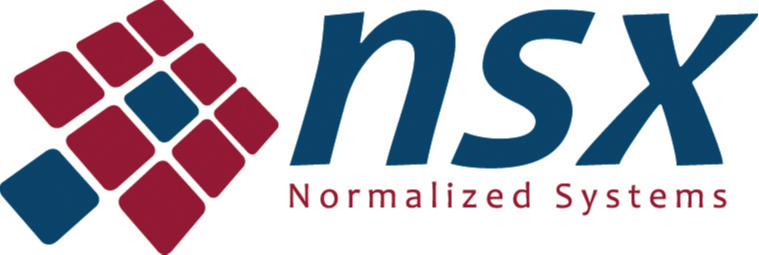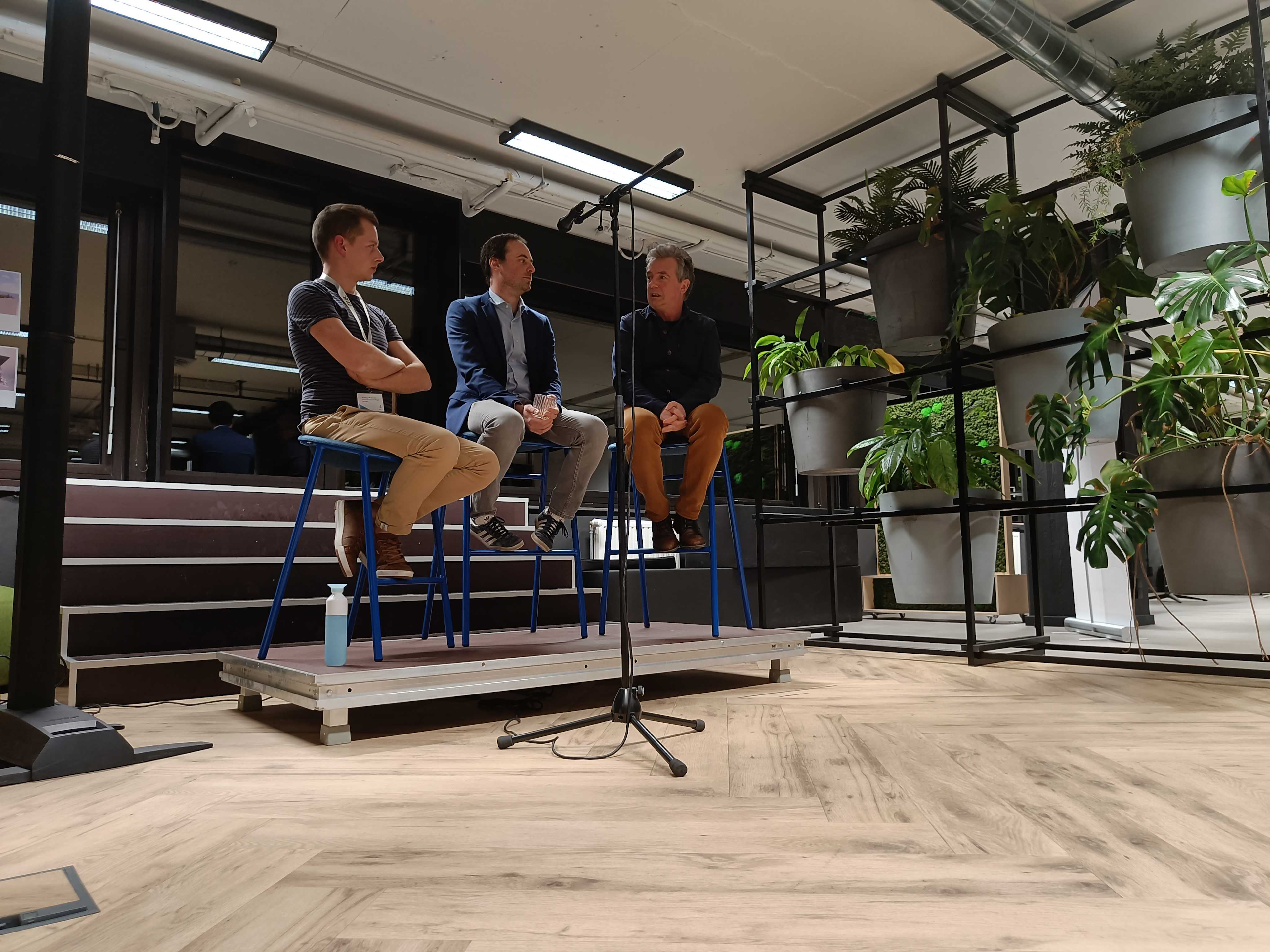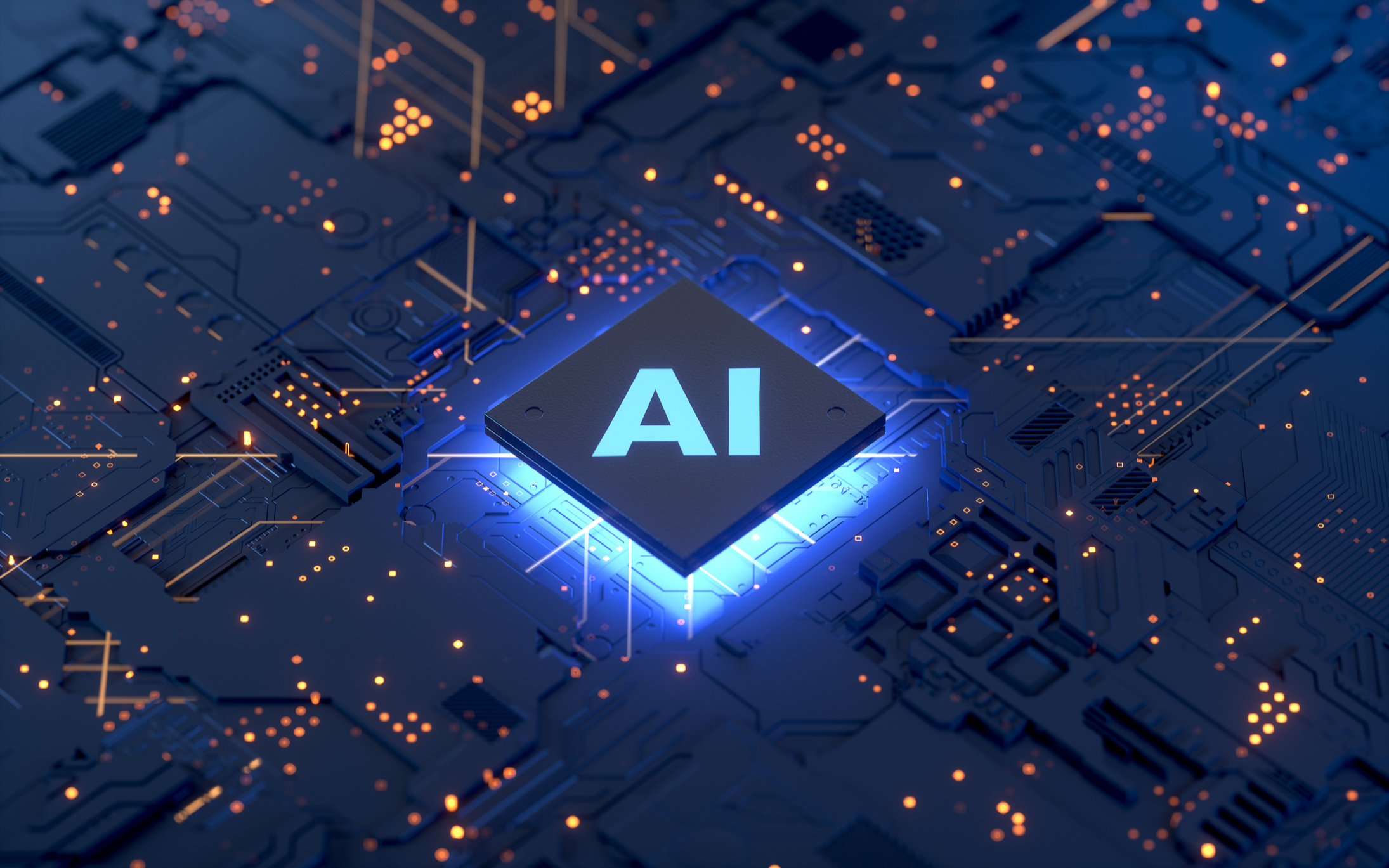
Sustainable software: empowering successful startups with first time right
For many startups, scaling software forms a thorny issue. In this blog we will guide you through the technical due diligence process demanded by investors and the necessary steps to create adaptable software. We learn from imec.istart’s program partner NSX and their ‘software factory’ and give voice to two start-ups about their battles and breakthroughs concerning this subject.
AN INVESTOR’S PERSPECTIVE
How do investors perceive software quality and scalability? According to Sven De Cleyn, Program Director imec.istart & Managing Director imec.istart Fund, spending more time on ‘ first time right development’ highly increases a startup’s chances of success.
“Many startups start building software to initially serve proof-of-concept customers. By reusing existing components, they can easily build software that serves the initial purpose. However, from an investor perspective, we have seen many startups that need to completely redesign their software once a growing number of (concurrent) users are active on their platform. This often means – unfortunately – a significant waste of time, effort and money needed to redesign and rewrite the software application (almost) from scratch. While the speed of going to the market is often of critical importance, a complete product redesign means loss of valuable time and market traction.
"Startups come with a much stronger case towards potential investors when their solutions have already been built with full scalability and agility in mind. Especially when in combination with early market traction, this should be an argument to spend a bit more time and resources initially in ‘first time right’ development of the software platform, rather than having to completely redesign the platform after early customers have been onboarded." says De Cleyn.
A TECHNICAL PERSPECTIVE
Ideally, a minimum viable product should be a minimum sustainable product (MSP). An MSP is a technological product that you can adapt with minimal effort and minimal cost. It is a product that keeps its flexibility over time and can stand the test of time. A flexible approach does not necessarily stand in the way of speed. It’s possible to build your MSP (Minimum Sustainable Product) just as fast as your MVP. You can still be quick, just not dirty.

How our program partner NSX helps startups to create sustainable software
UAntwerp spin-off NSX has built a ‘software factory’ that consists of code generators creating software that stands the test of time. Founders professors Jan Verelst and Herwig Mannaert put into practice their scientific research on the so-called ‘Normalized Systems Theory’ on an industrial scale and did so for many customers in diverse contexts:
“Software tends to wear out when you make modifications over time, be it technical or functional, due to unpredictable ripple effects. Tech companies have been trying to root out these ripple effects for more than 50 years. Our mission at NSX is clear: we want to get rid of them and build sustainable software systems that can stand the test of time by preserving the elevated levels of flexibility most systems have when they are small and recent. That is the core of our work at NSX and the University of Antwerp on Normalized Systems, which is now a well-established ‘way of building’ applied to a wide range of software systems.”
NSX’s all-inclusive software factory: how it works
NSX ‘s software factory has been used over the last 10 years to enable successful scaleups, large companies and governments build both industrial (IoT-) and administrative information systems.
It incorporates best practices on quality in software development, such as automated testing, generated documentation, code traceability, integrated in a scientifically proven way to create and maintain the right level of modularity and structure, resulting in predictability when evolving software and businesses.
In order to achieve this, NSX implements code generators that enable the continuous regeneration of software systems. This means that software systems keep their flexibility over their lifetime as the system is re-built every six months or so with minimal effort. This offers the flexibility that agile software development
methodologies have been promising for many years now, but which has proven challenging to reach and sustain in practice for any significant length of time in development and maintenance.
This regeneration process also offers advantages such as scaling: it allows startups initially to use low-cost technologies, after which a system can be regenerated using more powerful hardware and software infrastructure at a later point in time. It addresses one of the most well-known challenges startups are facing: after 1 or 2 years, they must explain to investors that they need funding not to build software systems, but to re-build them.
Furthermore, these code generators have unique characteristics in that they are modular and extensible, which enables new cooperation models between startups and IT providers.
"NSX offers its software factory with its code generators, pipelines and infrastructure as a service that companies and ventures independently can use in a shared and collaborative innovation context. Given the war on talent that’s raging in the IT job market right now, this offers startups better and faster access to high-quality, sustainable IT systems supporting the core innovations of digital enterprises.”
A STARTUP PERSPECTIVE
HOW RESPONSUM BUILT A PRIVACY MANAGEMENT PLATFORM
The privacy management platform Responsum is primarily built on the NSX-platform. “I have seen startups create software that tangled into a web that is impossible to unravel. I did not want to make that same mistake”, explains founder and serial entrepreneur Alex Van Cauwenbergh.
“We have built our entire back end with NSX’s Normalized Systems methodology. I was impressed by the speed and the high quality. Right now, we are in our third or fourth cycle of revamping the platform to meet the feedback of our users. NSX avoids ‘software pollution’. The changes we make don’t impact the entire system.”
Alex has founded two companies before: Quasus (software testing) and Cranium (privacy & cybersecurity). In his experience, preparation is key when it comes to scaling software. “We have taken some time to define what our system should be able to do. ‘Who will be our users?’ ‘What will they use our platform for?’ This exercise helped us move faster once we started technical development. RESPONSUM is already pretty complex, we wanted to avoid adding any unnecessary complexity.”
HOW DOES POLYPERCEPTION SCALE SOFTWARE?
PolyPerception is an imec.istart portfolio company. It uses Artificial Intelligence to boost the quality and effectiveness of recycling. Cameras can track and characterize every single object in waste flows. The end-to-end digital twin of the sorting process allows recycling companies to monitor flows in real-time, instead of having to rely on samples every few weeks.
Founder Nicolas Braem is a software/AI veteran. Before launching PolyPerception, he worked for 6 different startups, including a few in Silicon Valley.
“I have used the quick and dirty method. I have worked in start-ups where we had to rewrite code from scratch because the technical debt was piling up. So, with PolyPerception, we paid a lot of attention to the scalability of our software.”
Nicolas shares a few steps he followed to make PolyPerception’s software architecture ready to scale and evolve:
“To avoid environmental pollution, you need to break up the system in different components, that should not contaminate each other and spread throuhgout the system'
Also be serious about test-driven development. Almost every startup claims it believes in test-driven development, but very few actually follow the process. It’s more time-consuming, more expensive and more challenging. But the investment pays for itself.”
“We focus our development on the parts where we really make the difference and where we really have the opportunity to stand out. We partner up with other companies to build our hardware, we use reliable SaaS-solutions for some of our software. That way, we can focus our development efforts on our AI-software.
For AI software, the biggest risk is that you need to retrain your AI for every new client. Waste flows evolve all the time, and they are different in every country. We want to make sure that our AI still recognizes a plastic soda bottle when the logo or the color on the label changes. That’s why we invest in software that trains itself.”
SUPPORT FROM IMEC.ISTART
Creating sustainable software takes effort, time, and extensive knowledge. In need of a helping hand? We have your back! Imec.istart is backed by imec, a globally recognized R&D and innovation hub. When part of our acceleration program, we can easily set you up with the right people:
- A panel of imec domain experts will challenge your technical pitch.
- An imec.istart liaison will guide you through imec’s collaboration opportunities.
- Partnerships with companies such as NSX offering innovative solutions to help you scale your startup
- Direct access to the imec.istart alumni community of +250 tech startups, with plenty of peer learning opportunities
- Great startup deals and discounts for e.g AWS ...
- CTO breakfast sessions where we invite startup founders and experts for an open roundtable discussion about the roles and responsibilities of a Chief Technical Officer
Herwig Mannaert gave a fascinating Q&A during our Founders Circle-event on March 9. He talked about the development of the scientific research on Normalized Systems, the growth-trajectory of NSX and its activities in different sectors and countries.

